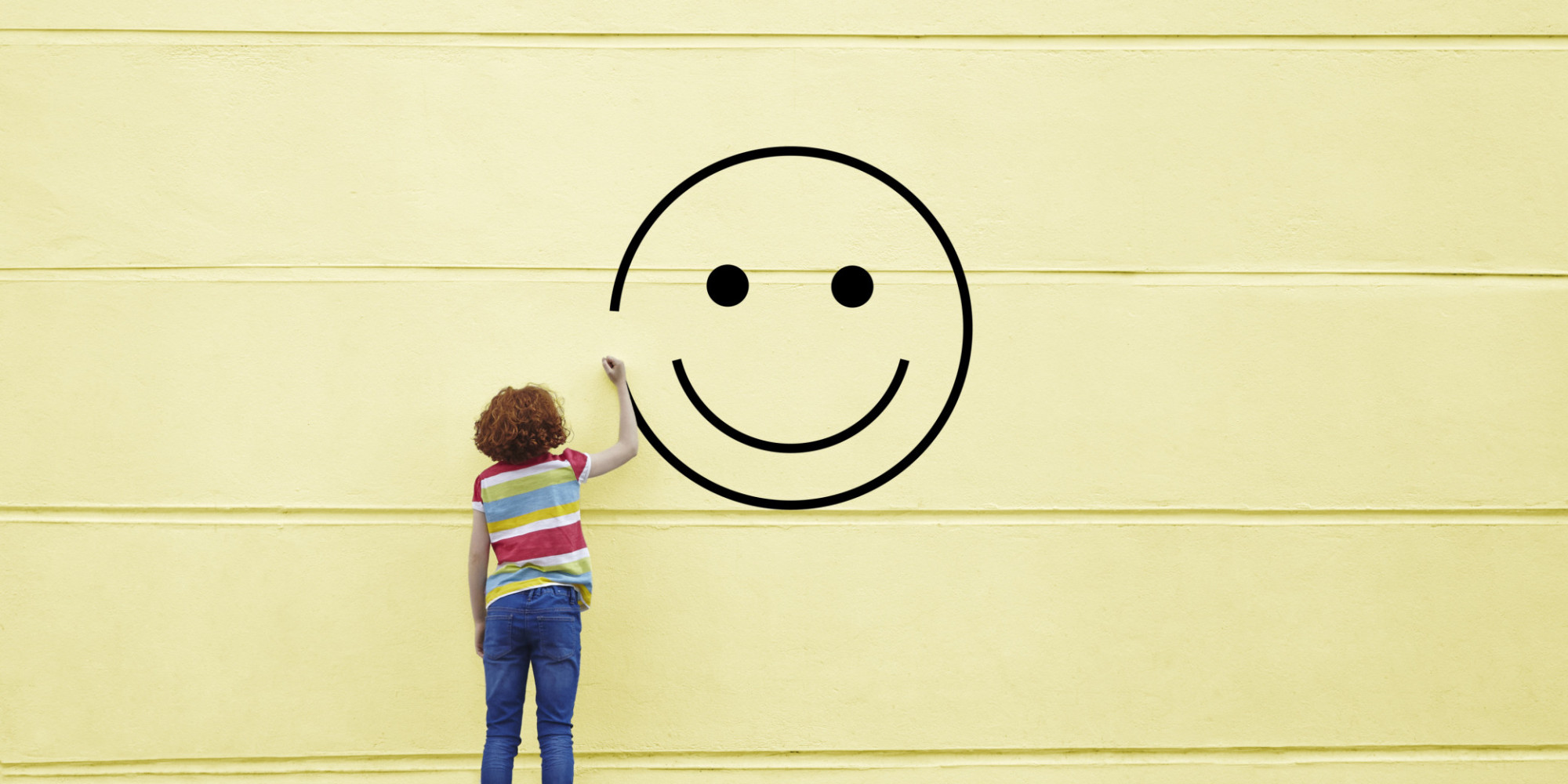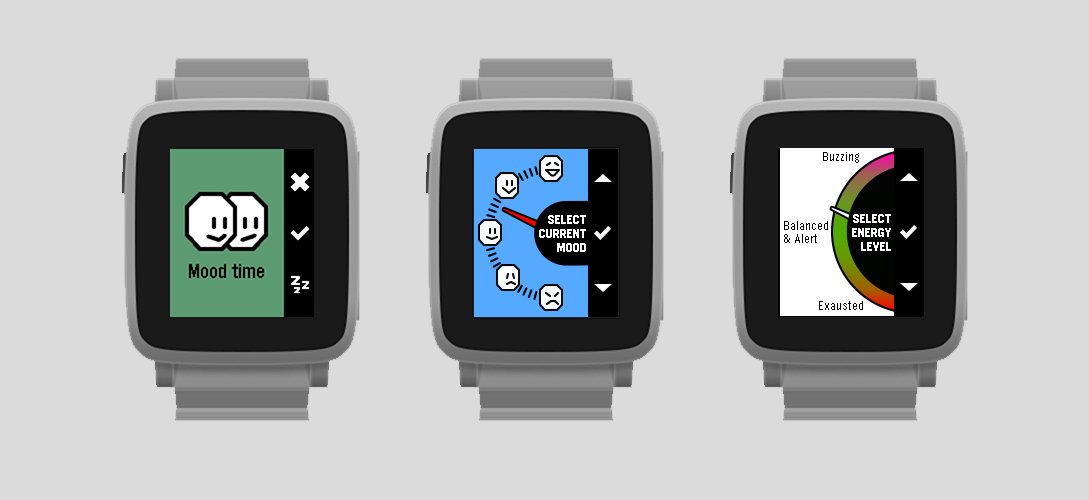
In the 21st century, as in previous centuries, many are concerned about the topic of happiness and how the level of happiness or contentment of life can be measured. It is difficult to accomplish the task, since happiness is a non-material thing. Yes, this is not a thing at all, but our worldview, a complex feeling that develops from many factors.
True, even Aristotle
said that "Happiness is activity." In addition to activity, you can be happier if you are surrounded by happy and satisfied people. Scientists have somehow calculated that every person who is satisfied with life increases the level of happiness of others by 9%. How this was measured is difficult to say, but such studies were indeed carried out.
But how can you measure the level of happiness now? There are many answers, and
one of them offers Pascal Badner from the Massachusetts Institute of Technology in Cambridge. He and his team discovered a way to measure happiness with a smart watch.

In the experiments, scientists used Pebble smart watches connected to a smartphone. On each of the devices, an application was launched that collected specific data, including heart rate and activity levels. The smartphone application allowed users to evaluate how happy they feel and how active they are physically at the time of evaluation.
The app for Pebble -
Happimeter . It allows you to assess the level of your happiness, based on two parameters - excitement and valence. Excitement reflects the willingness to act or the level of activity. Typically, arousal is associated with an increase in blood pressure and pulse. The team proposed such excitation assessments as “no activity”, “active”, “very active”. Valence - the level of happiness (or content life in this case) of a person. Three degrees were also used here: very satisfied with everything, just happy or dissatisfied with everything.
In the annex, one could then see intermediate states of the body associated with the indicated degrees of activity and valence. For example, if a person is very active, but feels unhappy, most likely, he is simply angry at something. Well, if you are happy with everything, but do nothing (in terms of activity), then this is relaxation / relaxation.
The participants in the experiment were asked to rate their happiness four times a day, but they had the opportunity to do it more often. The application recorded the user's location, day of the week, time and weather conditions.
Bardner and his colleagues
convinced 60 people to
participate in the experiment. The subjects included graduate students, researchers, representatives of various faculties, consultants, businessmen. The age of volunteers ranged from 22 to 59 years. They all wore smart watches for two months in 2017. They were also asked to regularly assess the level of happiness.
By the end of the experiment, the team collected about 17,000 evaluations of participants in the experiment, which made it possible to form a single picture of "happiness." As it turned out two months later, about 80% of the ratings were positive, the participants considered themselves very satisfied. 3% felt dissatisfied. 16% stated that they are very active, 26% - that they are completely inactive.
It is not a good idea to just build some kind of graph, so scientists decided to involve a self-learning algorithm in order to link the patterns of human behavior and body parameters with the level of happiness. Among the factors that were taken into account were weather conditions, geographical location and much more. As a result, the algorithm “learned” to predict the level of human happiness when the weather or place of stay changes.

According to the authors of the project, the accuracy was quite high - it was possible to achieve a figure of 94%.
Some data was definitely more important in influencing a person than others. For example, the same weather or moving from point A to point B strongly influenced human sensations. It can be said that this information was more indicative in terms of assessing contentment with oneself and the world than, for example, heart rate.
The scientists who conducted the experiment concluded that their algorithm and best practices can be used to map the level of happiness in a particular region or an entire country.
However, before using the results of the work of scientists, it is worth remembering that only 60 people took part in the experiment. This is too little for this kind of experience. In addition, all of them were somehow connected with experimenters, so that the measurement results cannot be considered 100% correct.
Badner and his colleagues say that they are aware of the problem, so they hope to conduct experiments with more participants in the future than they do now. They plan to use their work at the new stage of work in order to make the assessment of a person’s happiness even higher. Of course, one can argue about the understanding of the term “happiness”, but, be that as it may, this project is very interesting.